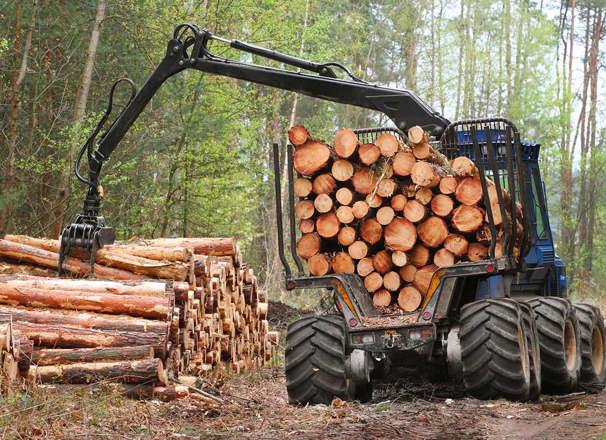Lighting technicians use conventional lighting fixtures, moving head and mirror fixtures, colour filters, masks, diffusers, pattern frames, light modifiers and various methods of control and manipulation to create different lighting effects. In general, they:
- Work cooperatively with the head electrician, a lighting designer or director, director of photography or gaffer (head of the electrics department) to implement lighting designs
- Read and interpret blueprints, and use computer-assisted design (CAD) software to create drawings
- Set up, focus and operate lighting fixtures, control consoles and auxiliary equipment
- perform simple electrical wiring tasks (usually 120v), troubleshoot circuits and calculate maximum circuit loads
- Use manual or computer-controlled consoles to control and time conventional lighting and automated moving lighting, or operate aerial lifts
- Coordinate lighting rigs with sound and camera technicians, and set carpenters
- Perform routine maintenance, such as replacing lamps and damaged colour filters or patterns, and ensuring lighting equipment and fixtures are in safe working condition
- Take down equipment and rigging quickly and safely (especially during touring performances or location shoots)
For remote site film, video or television shoots, lighting technicians survey locations, prepare lighting plans, arrange for the transportation of equipment and generators, and organize equipment set-up and removal.
In smaller organizations with no lighting director or designer, lighting technicians also may:
- Attend production meetings and discuss lighting needs and special effects with directors
- Design the lighting and decide where to place lighting equipment to achieve desired effects
- Prepare budgets and work within allocated resources
- Perform other duties, such as operating audio equipment



